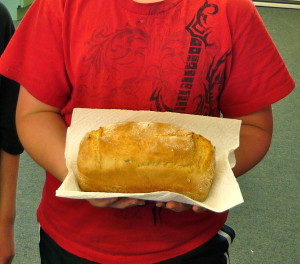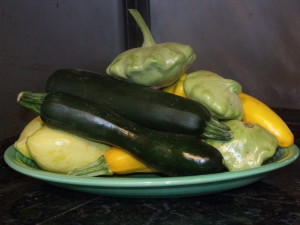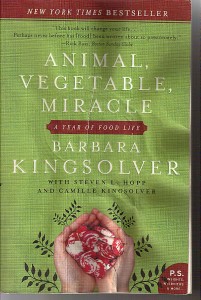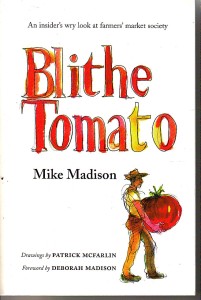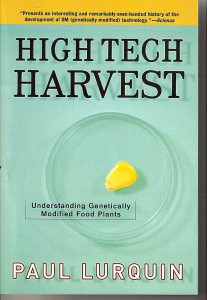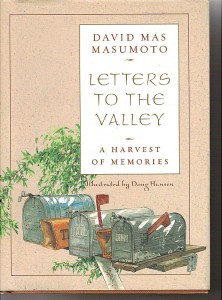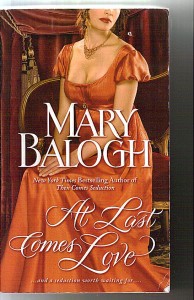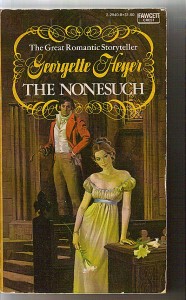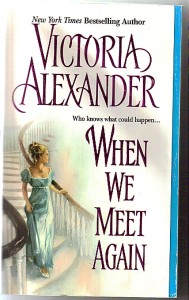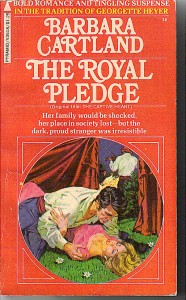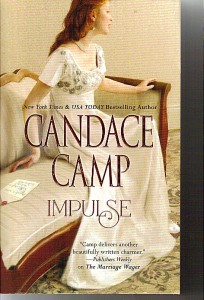When I think of books, I think of a story told in words between a front and back cover. But recently, Diane, owner of East Side Books, turned me on to a whole new genre: vintage books that feature remarkably beautiful illustrations, drawings, and color plates.
Without Diane’s tutelage, I never would have stopped and looked at a book entitled Mushrooms by Albert Pilat. But once Diane showed me the full page color illustrations rendered by artist Otto Usak, I immediately got lost in the gorgeous colors and contours of exotic species of fungi. Along those same lines, The Book of Fish published in 1924 features “92 color plates of familiar salt and fresh-water fish” as beautifully painted by artist Hashime Murayama. The Handbook of Nature-Study by A.B. Comstock is a vintage textbook of quite innovative teaching lessons, but it is the utterly charming black and white illustrations that kept me turning the pages.
Once Diane had piqued my interests in vintage illustrations, she moved me over to our Nature Section and shared with me the books of Ernest Thompson Seton. Seton was a turn-of-the-century nature writer and wildlife artist. It was Seton’s book The Birch Bark Roll of the Woodcraft Indians that was the initial inspiration behind formation of the Boy Scouts of America. East Side Books carries a shelfful of Seton’s classics such as Wild Animals I Have Known, Arctic Prairies, Rolf in the Woods, The Book of Woodcraft, and The Biography of a Silver Fox. Not only are the stories wonderful, but the borders of the pages are filled with delightful black and white illustrations by Seton that give his books the feel of a naturalist’s journal.
We also have a number of books by naturalist Edwin Way Teale. His books often rely on photos as well as drawings, but the illustrations by Edward Shenton are spectacular. Especially his work for the book Dune Boy including the lovely cover art.
Other turn-of-the-century vintage natural histories used not one but several, sometimes dozens, of illustrators and artist to complete their volumes. One of the better known nature books is The American Natural History by William T. Hornaday. East Side Books houses several editions of this book and the original drawings are not to be missed. Also excellent is The Library of Natural History by Richard Lydekker. This 1904 edition features beautiful black and white illustrations of birds and an introduction by Ernest Thompson Seton.
One of Diane’s favorite examples of color illustration come from a 1941 edition of Webster’s Encyclopedia Dictionary. Although this thick tome is a bit battered and torn, the pictures burst from the page with resplendent vitality. This classic is a real steal at only $5.
My favorite illustrations come from a 1932 Atlas of Human Anatomy with original drawings by K. Hajek. I have taken a number of anatomy classes over the years and bought several different anatomy textbooks, but none have been as detailed and as thorough as this edition by Dr. Johannes Sabotta. I’m not sure that I will be able to resist adding it to my pile of books during my next visit to East Side Books.
And you don’t have to be afraid that getting hooked on vintage nature books will take toll on your checkbook. Most of these volumes are reasonably priced between $8-$25.
If you like a little something besides words between your covers, I suggest you check out the display of vintage illustrated books that Diane and staff have created on top of the glass case in the Nonfiction Room. If you are looking for illustrated books in other areas of interest, please don’t hesitate to ask Diane for assistance. She is the best at unearthing hidden treasures and piquing interests you didn’t even know you had.
